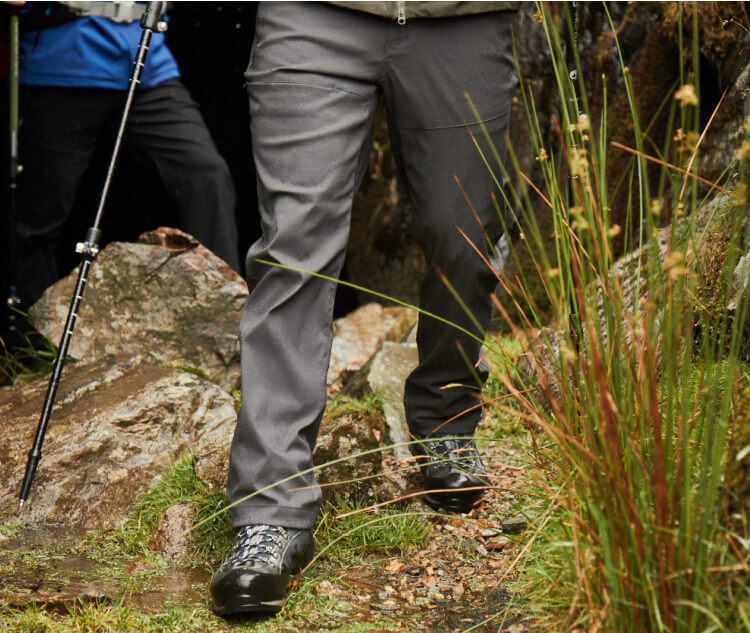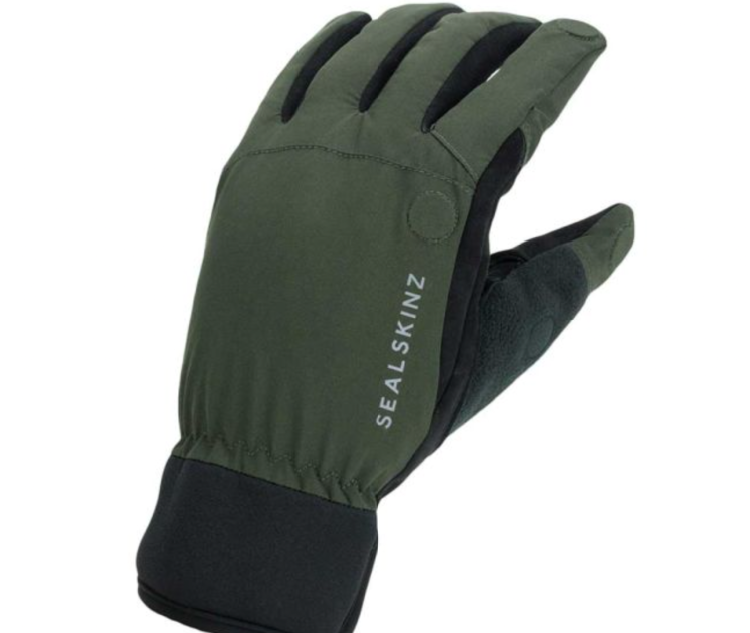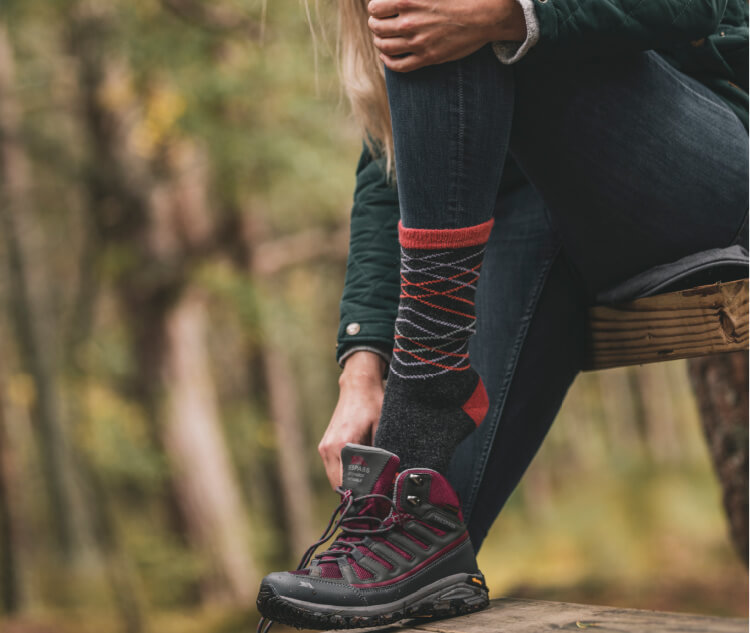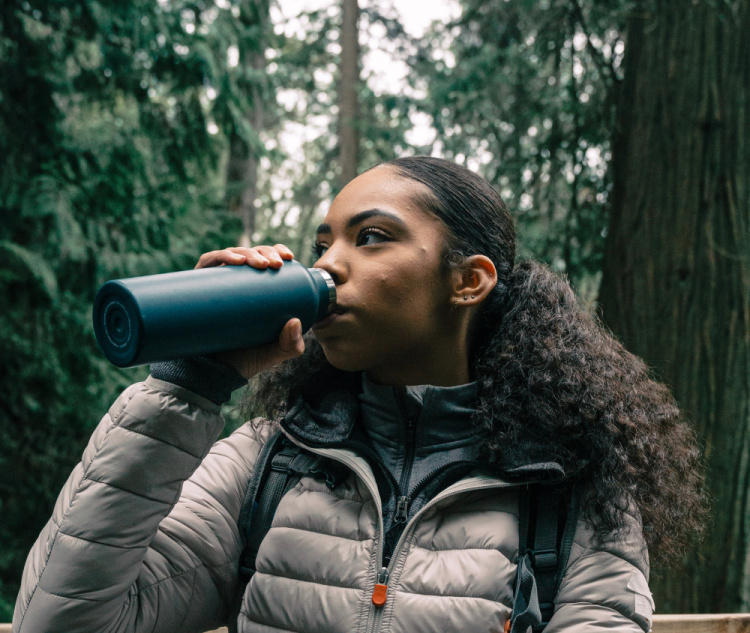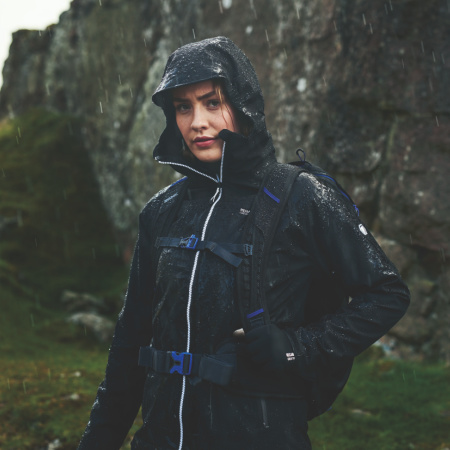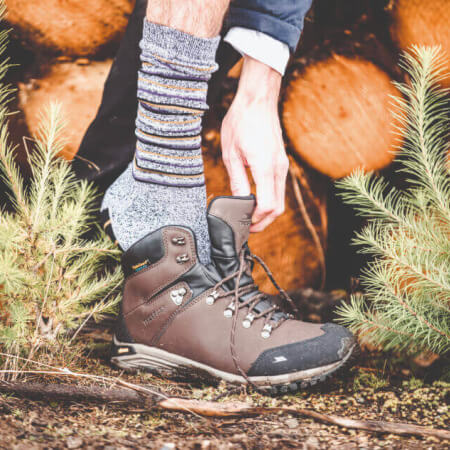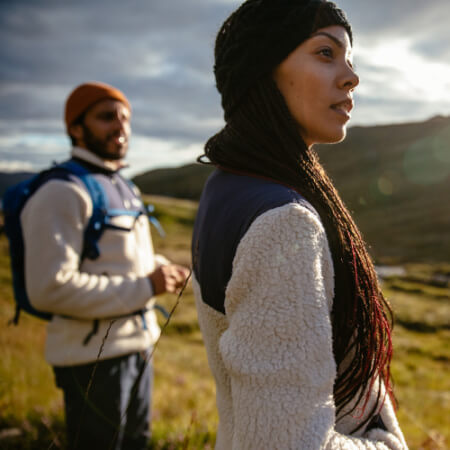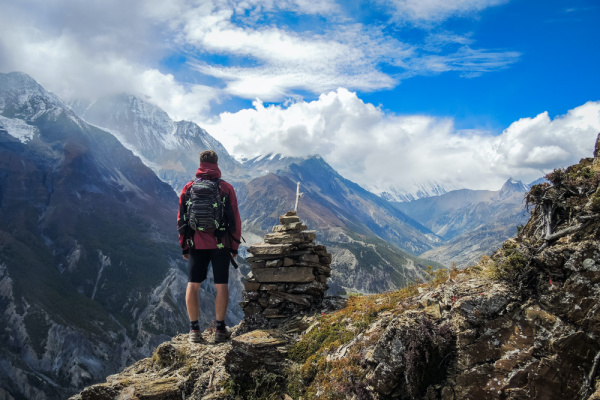As a general rule, you should never let the weather dissuade you from taking a trip into the great outdoors, and we know there’ll be plenty of you braving the elements.
With that in mind, we’ve created a guide to some of the walking and hiking gear essentials you are bound to need if you want to brave the somewhat inclement UK weather.
Read on to discover the essential kit you need to stay protected and comfortable on your next outdoor adventure…
Base layers & thermals
Thermals and base layers are the clothing closest to your skin, underneath your mid-layers. They’re the key to staying warm throughout a hike in testing weather conditions.
These layers are thin, so they won’t get in the way of the rest of your clothing, but they really will help keep you warm! It’s also worth mentioning that base layers are supposed to be a pretty snug fit, so don’t worry if they feel a little tight.
You should think of base layers and thermals as non-negotiables when hiking throughout the winter. Good-quality base layers and thermals aid with muscle compression and moisture-wicking. They’ll also help regulate temperature, so you can keep going and operate at an optimal performance level.
Thermal clothing is widely available in different fabrics and styles that will benefit various climates, conditions and activities. In most cases, they will be made from a synthetic material and can be called base layers, thermals or compressions.
Mid-Layer clothing
Mid-layers are worn underneath a coat or jacket and on top of a shirt or base layer. They usually are available as either fleeces or softshell jackets.
Decent mid-layers are great for insulation, trapping warm air in and keeping cold air out. They should also be breathable to allow moisture to wick from the body and form part of the layering system. This is the process by which you should layer your clothing to successfully regulate your body temperature.
Fleeces and softshell jackets have different qualities, so it’s always best to consider the activity you’ll be doing and how much protection you need when purchasing a mid-layer.
Waterproof jacket
It’s not rocket science to work out that there’s a good chance you could get wet when out walking, hiking or climbing in the UK. So, suitable waterproof clothing is essential.
A waterproof jacket will help keep you warm and dry, especially if combined with the right underclothing.
You can buy jackets that either have a waterproof coating or a waterproof membrane. The latter is more breathable but often more expensive, too. You should also look for added features that’ll come to great use when you need them the most. For example, storm flaps prevent water from seeping in.
Your waterproof jacket should also be breathable, allowing sweat and vapour to escape, ensuring you stay dry from the inside. Waterproofs should also help you to regulate your temperature and stay comfortable.



